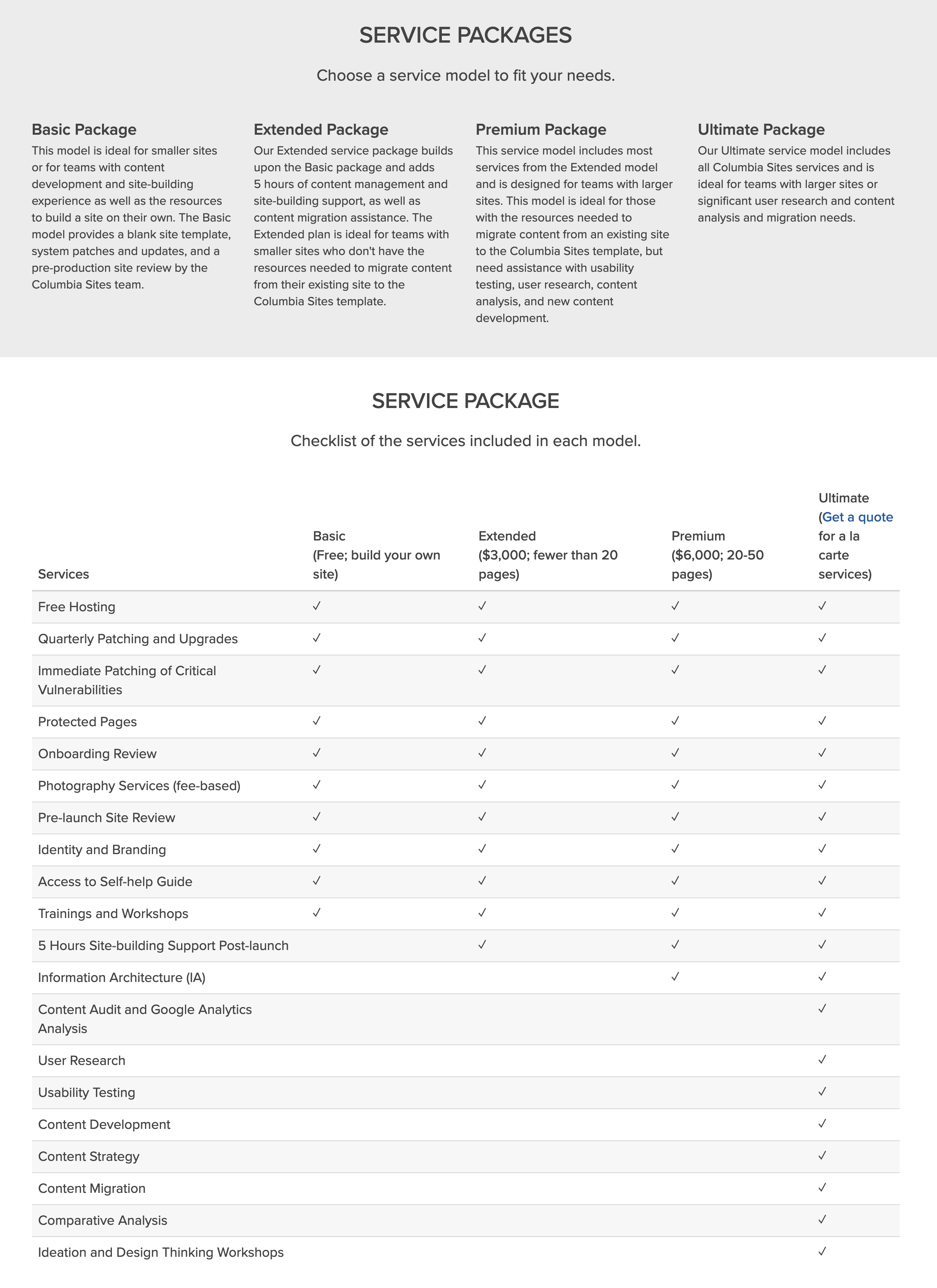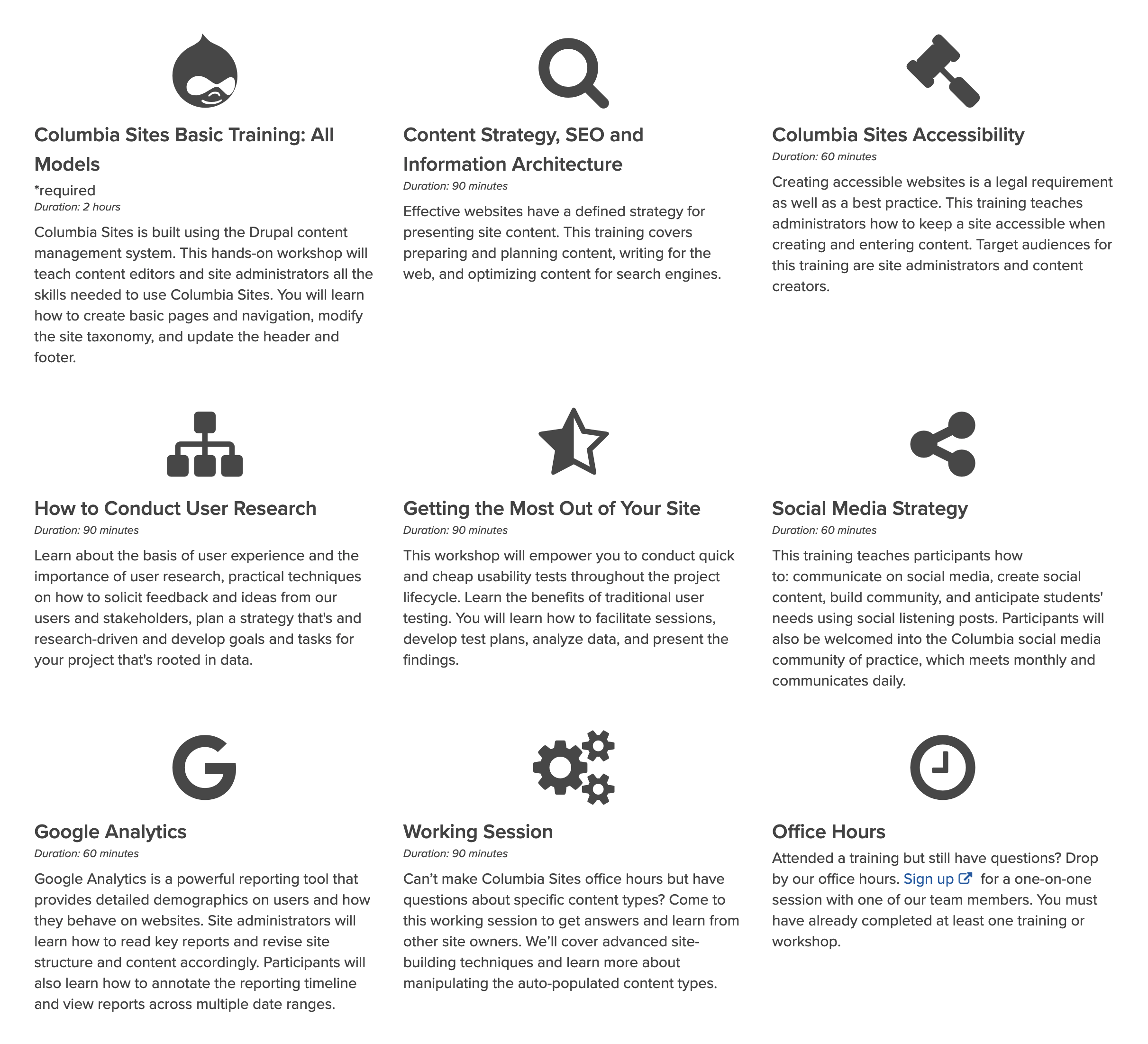New Web CMS Reduced Security Risks, Achieved WCAG 2.0 AA Accessibility Standards, and Unified the Brand
Before Columbia University IT (CUIT) Web Services and the Office of Communications and Public Affairs created the Columbia Sites Drupal distribution, the University used four different Drupal platforms with inefficient versioning. Most sites were poorly executed. These University sites were: not mobile-friendly; susceptible to security risks; built without accessibility in mind; often inappropriately branded.
We decided to create three versions of the distribution to address the research, academic, and administrative needs of the University. We identified common content types across distributions, while ensuring that each theme had content types that catered to individual user needs.
Research labs: Bruno Lab, Gruber Lab, K1 Center
Academic: Columbia Department of French, Department of Germanic Languages, Department of Sociology
Administrative: Preparedness, International Students and Scholars Office (ISSO), Office of the Provost, Public Safety
Research Labs
Our lab partners were interested in featuring their research projects, news, and publications. Their organization structure consists of a principal investigator, postdoctoral fellows, graduate students, research technicians, and support staff. The new design put those content types front and center.
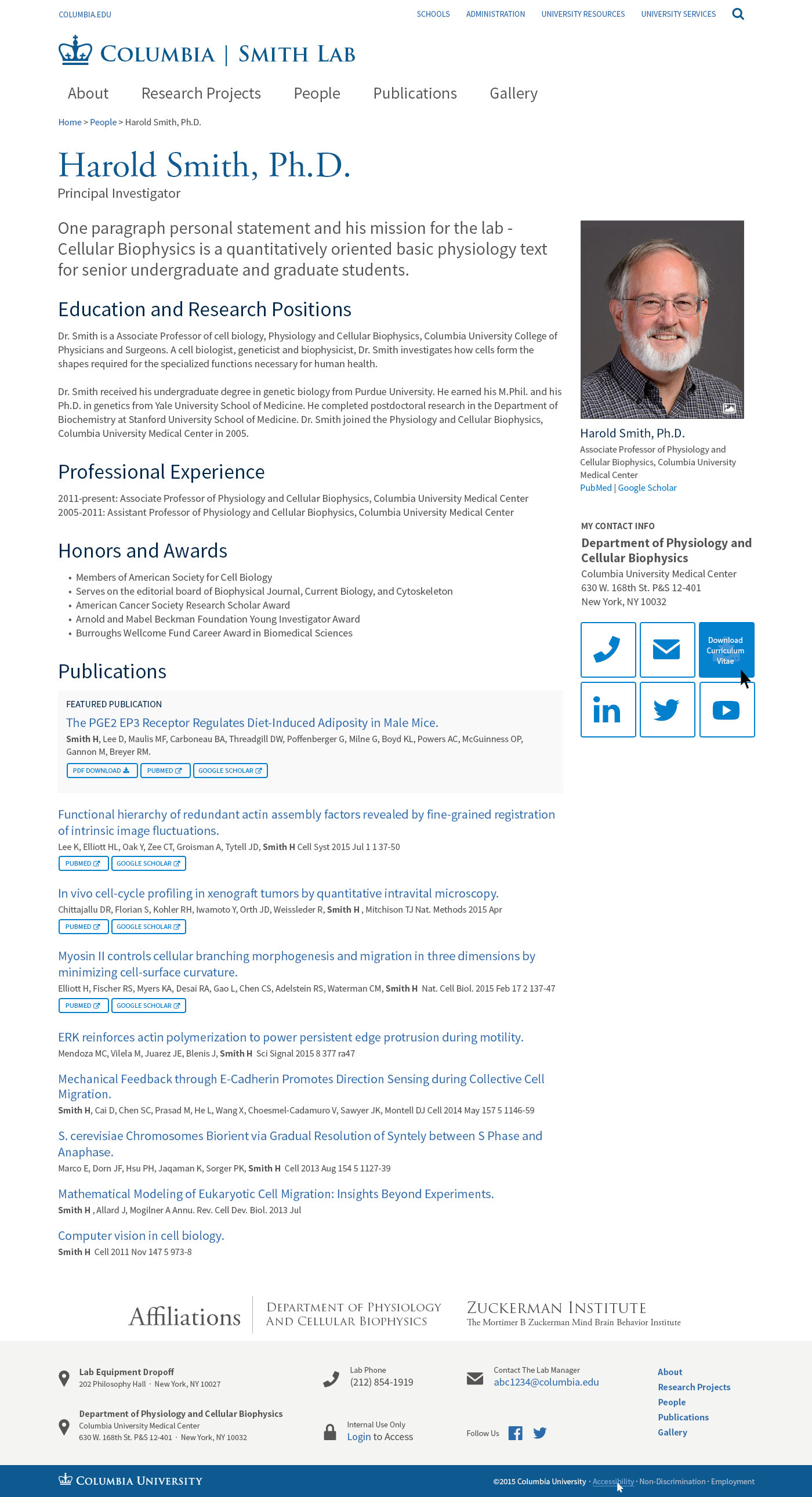
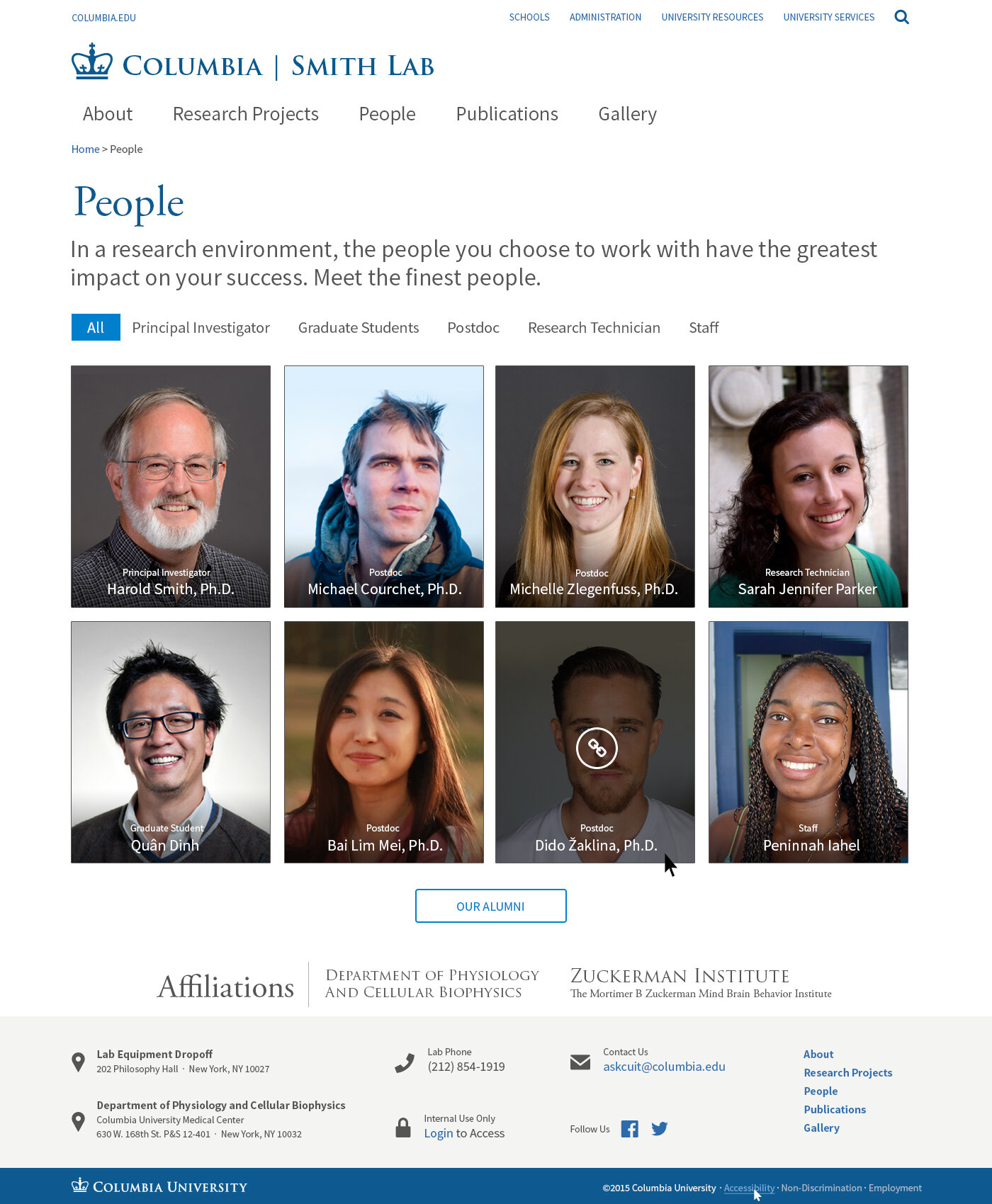

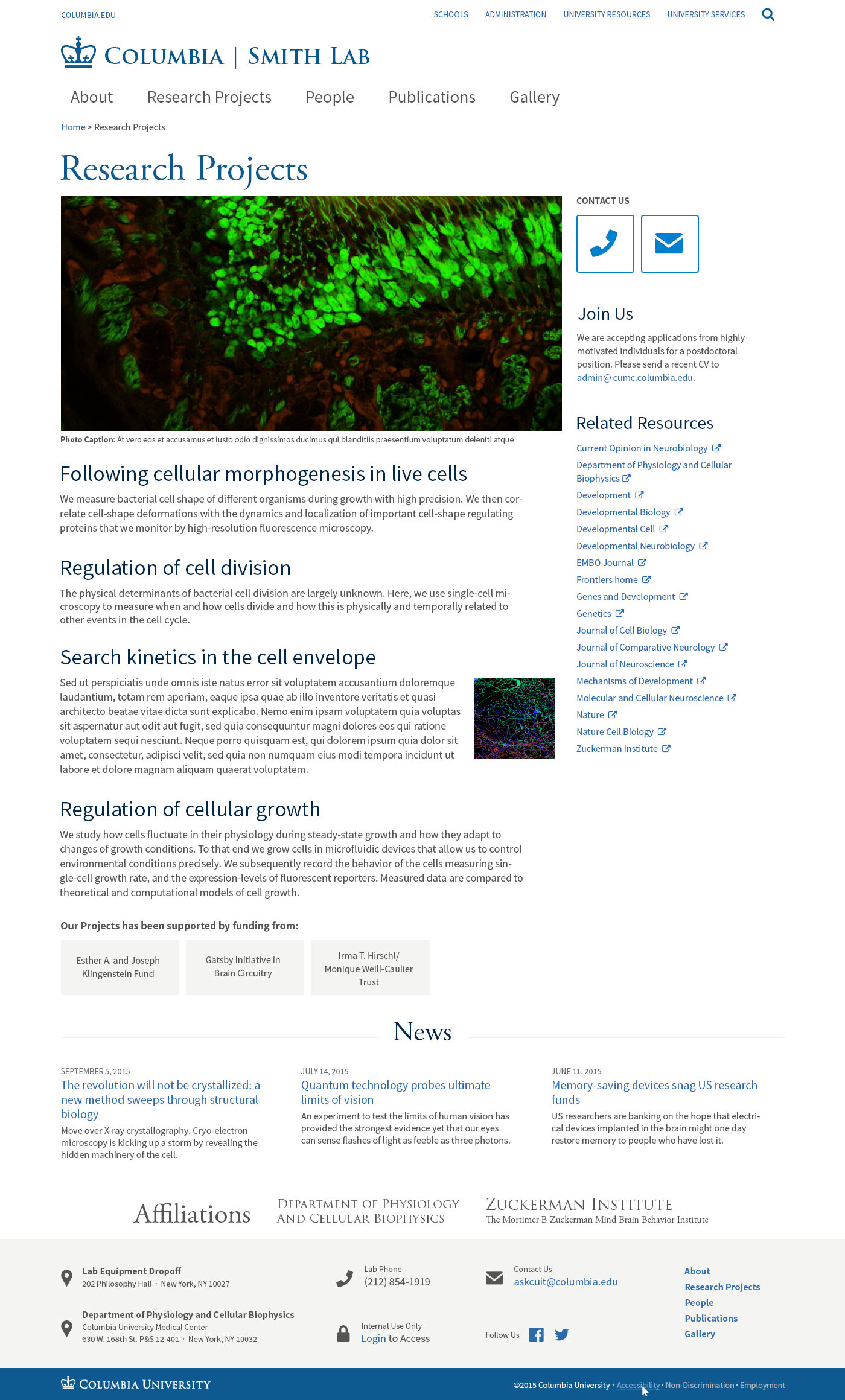

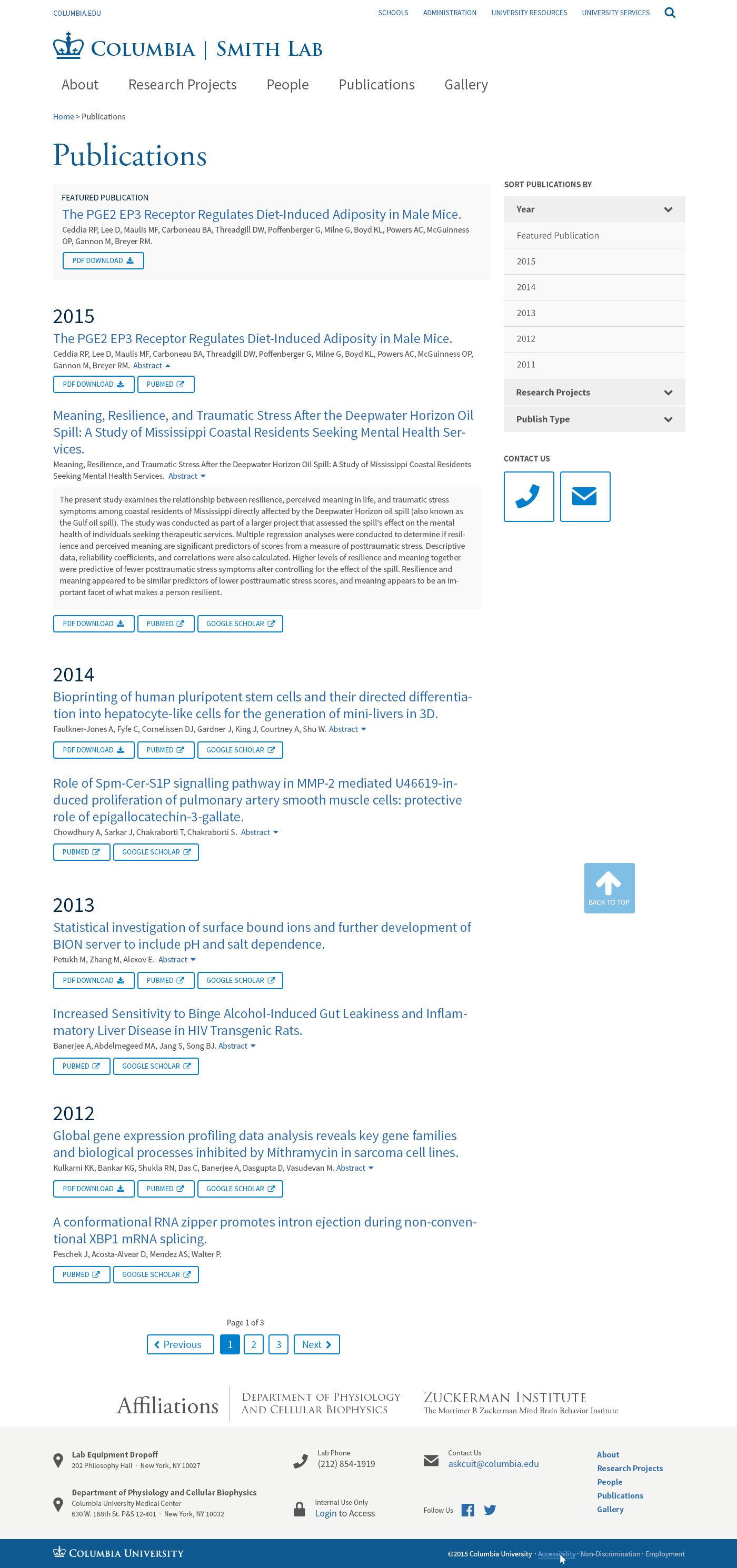
The Academic Model
We learned that the French, German, and Psychology academic departments have the same needs. The focus for them is to promote their courses and programs for undergraduate, graduate students, and postdocs. They were interested in making all information about their faculty and staff accessible by highlighting their administrative staff, faculty, current students, researchers, and postdocs on their site. Making their publications known is also essential.

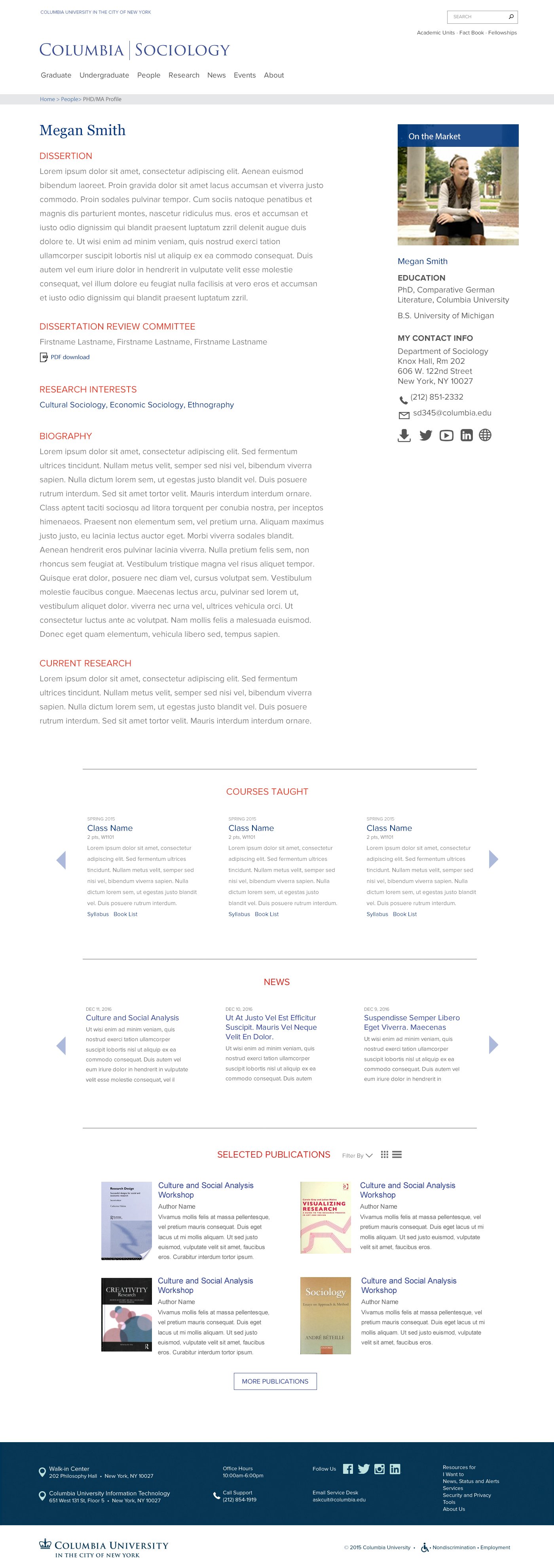

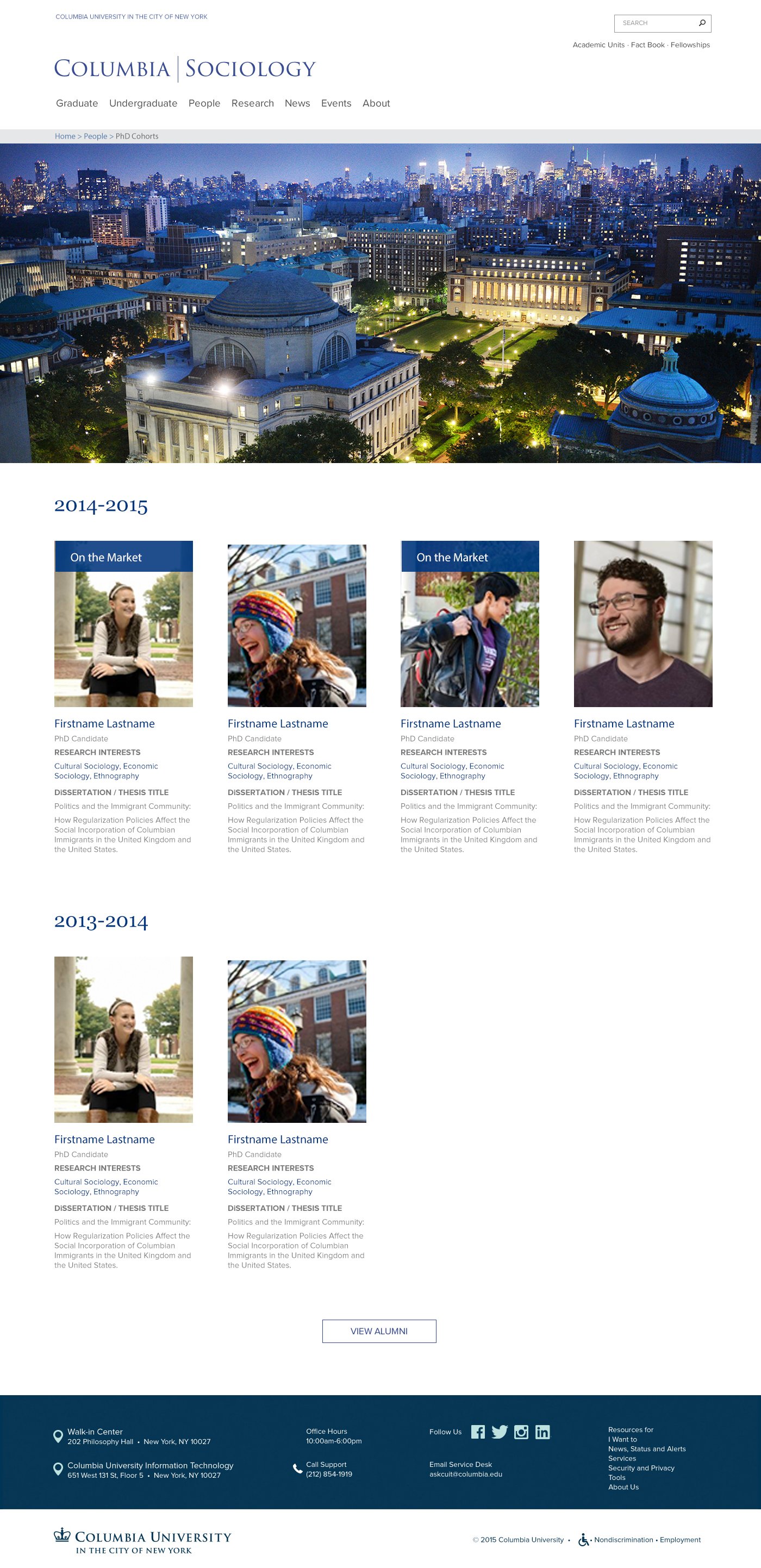
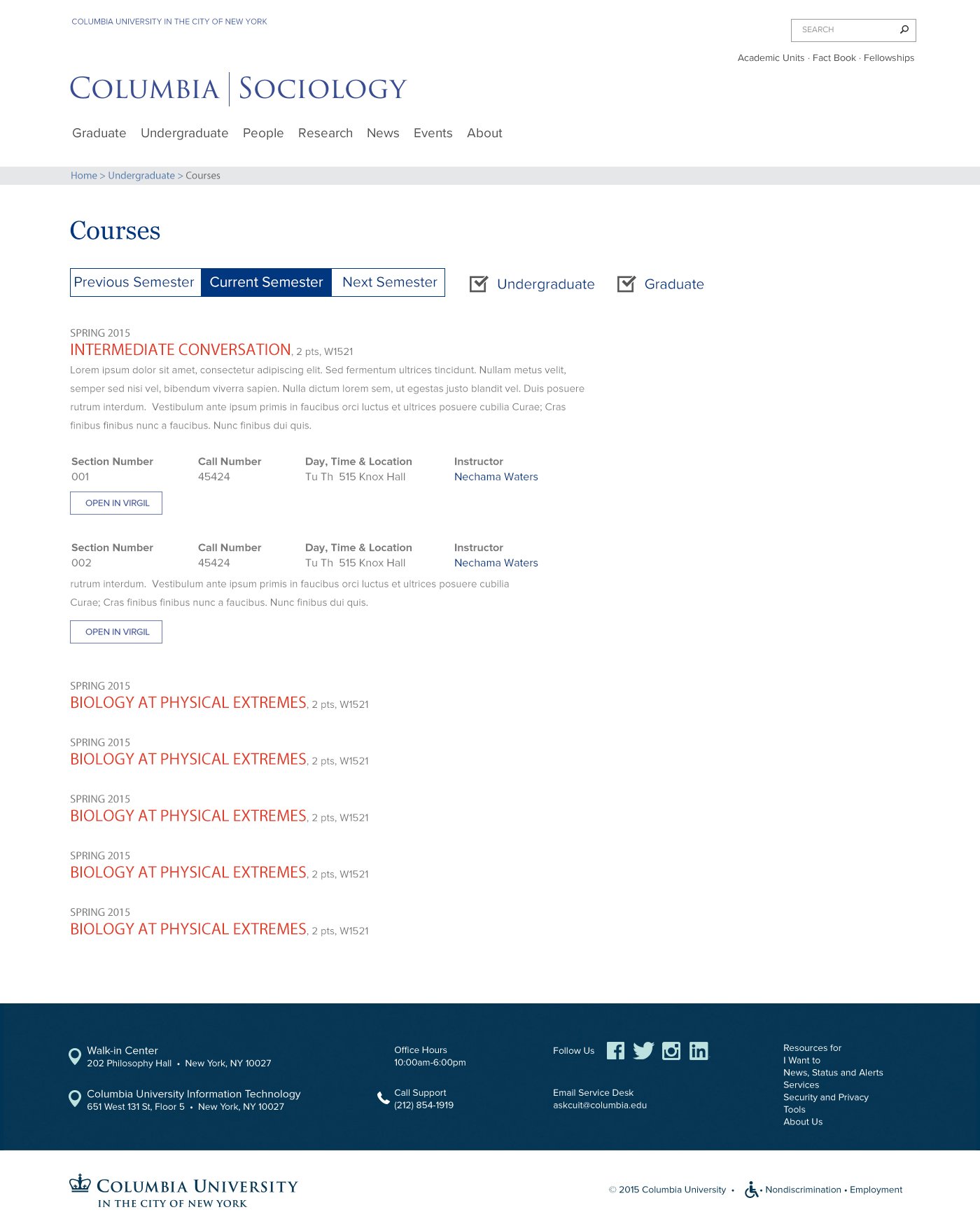
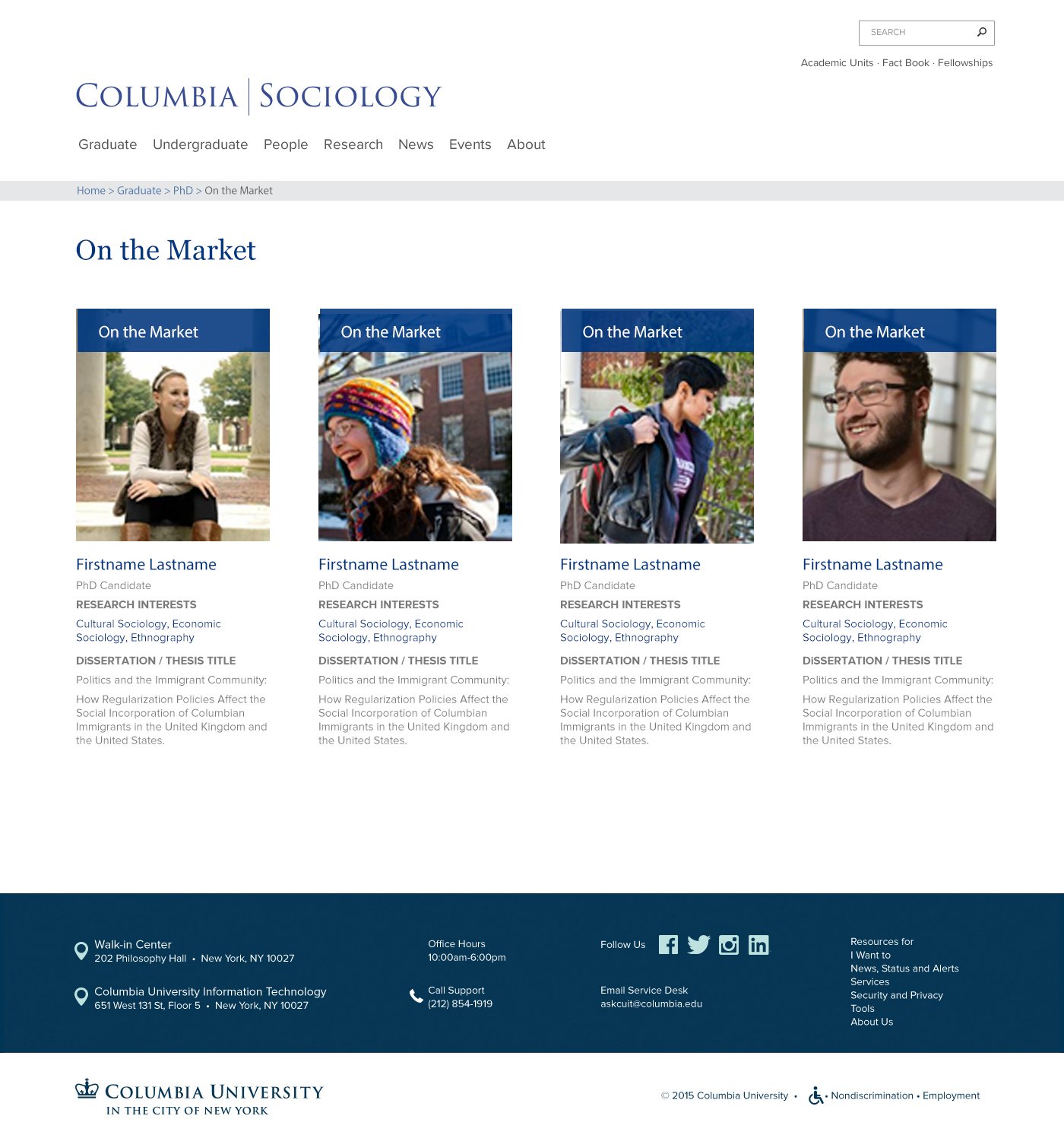
The Administrative Model
Creating a distribution for the administrative department was the most challenging. Their service offerings are complex with various events, news and an extensive document library. Their organizational structure is multidimensional. These content types required a precise taxonomy to sort and organize the content. We built the backend to accommodate these needs, and included basic distribution training with a section on how to create a robust taxonomy.

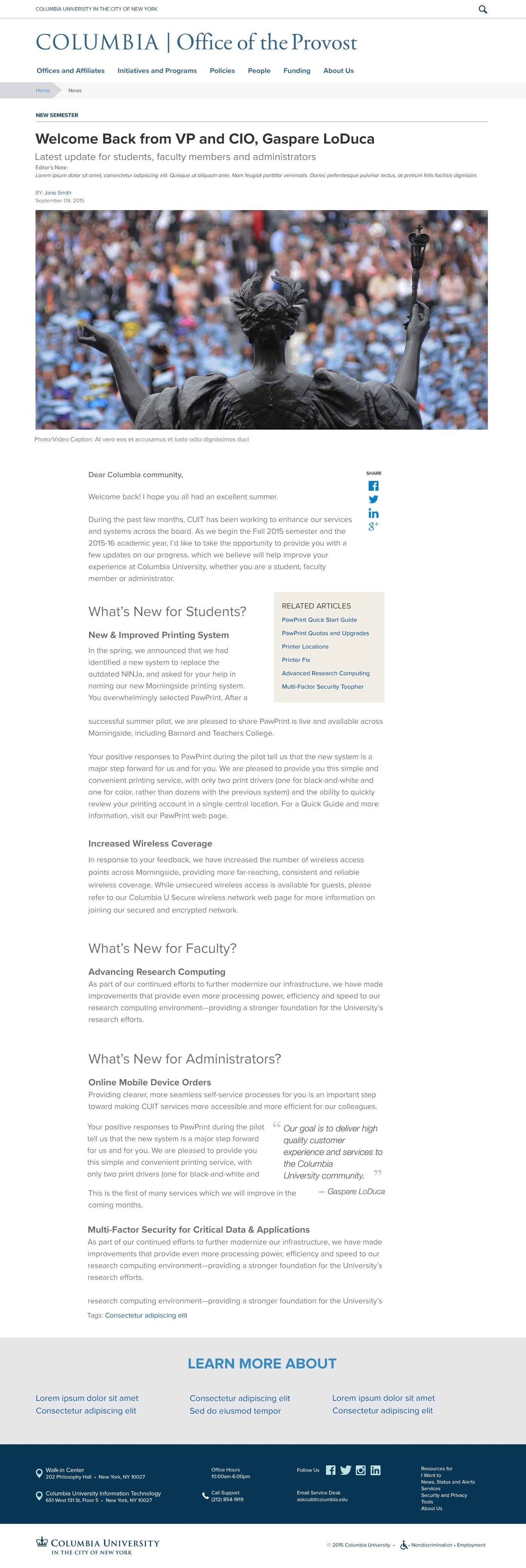
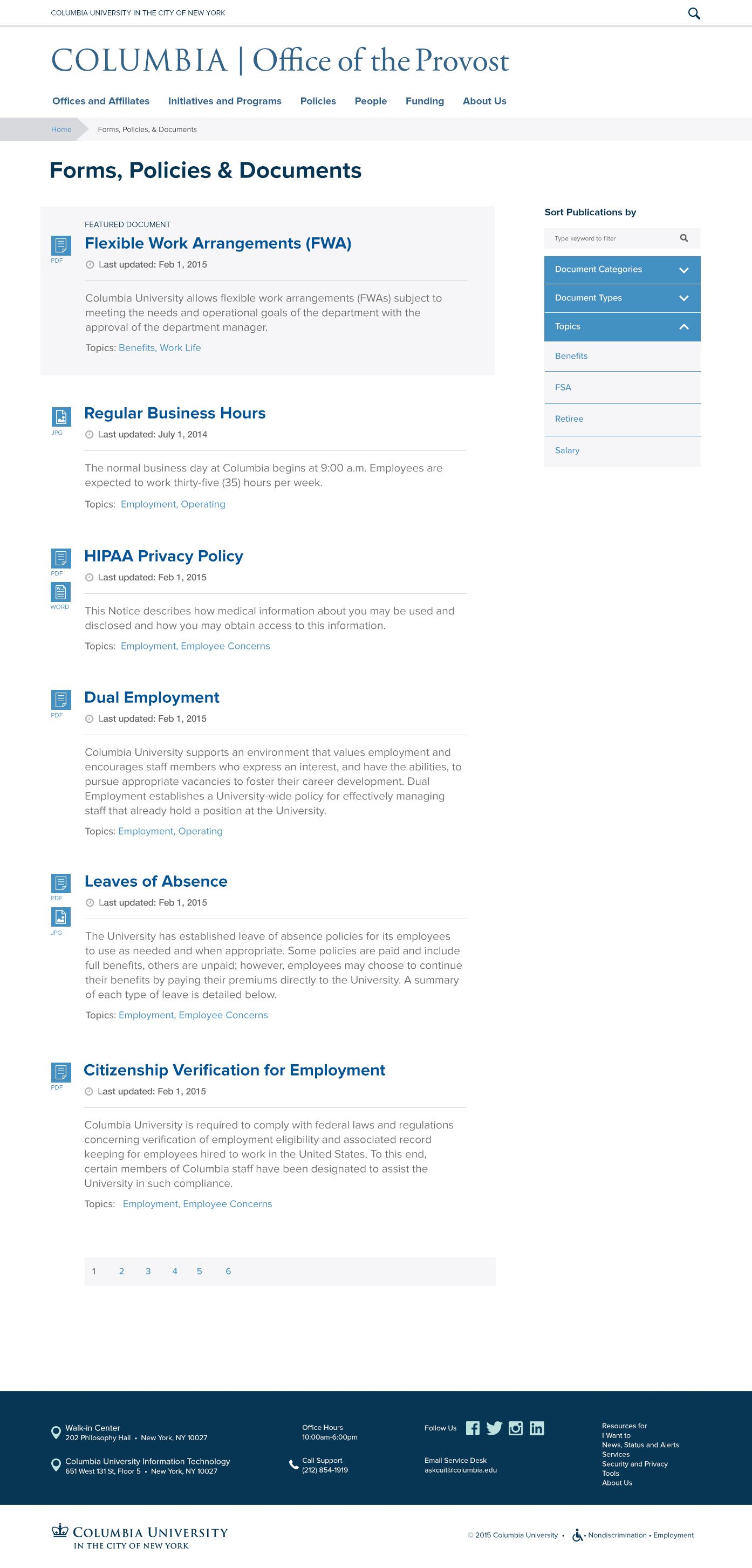
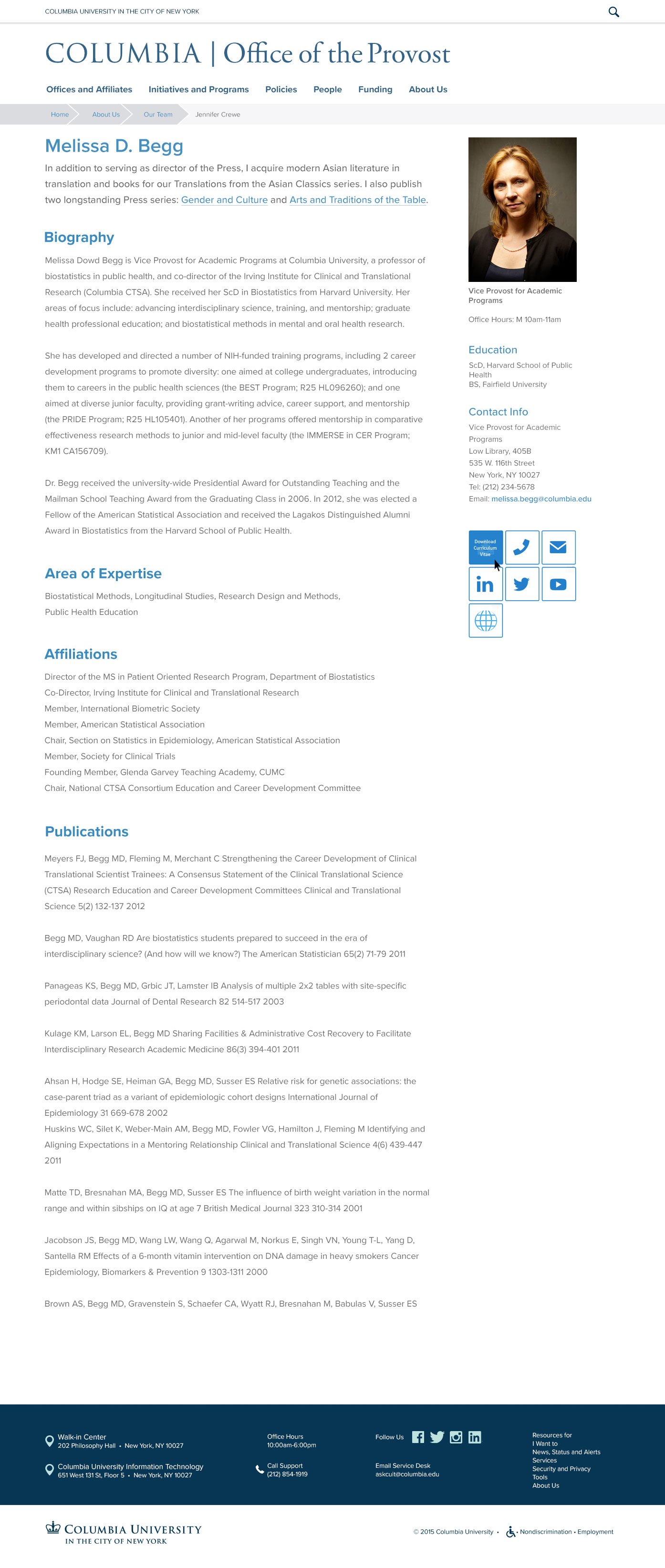


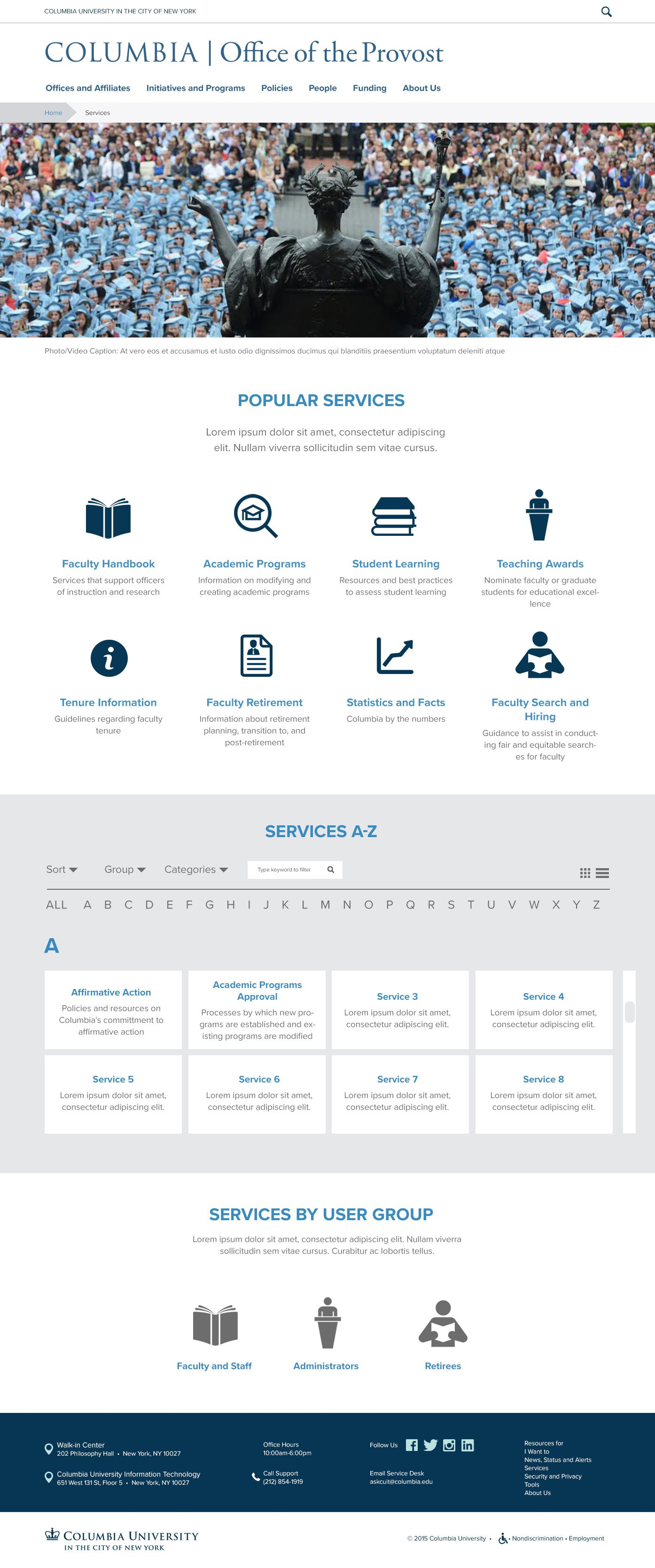
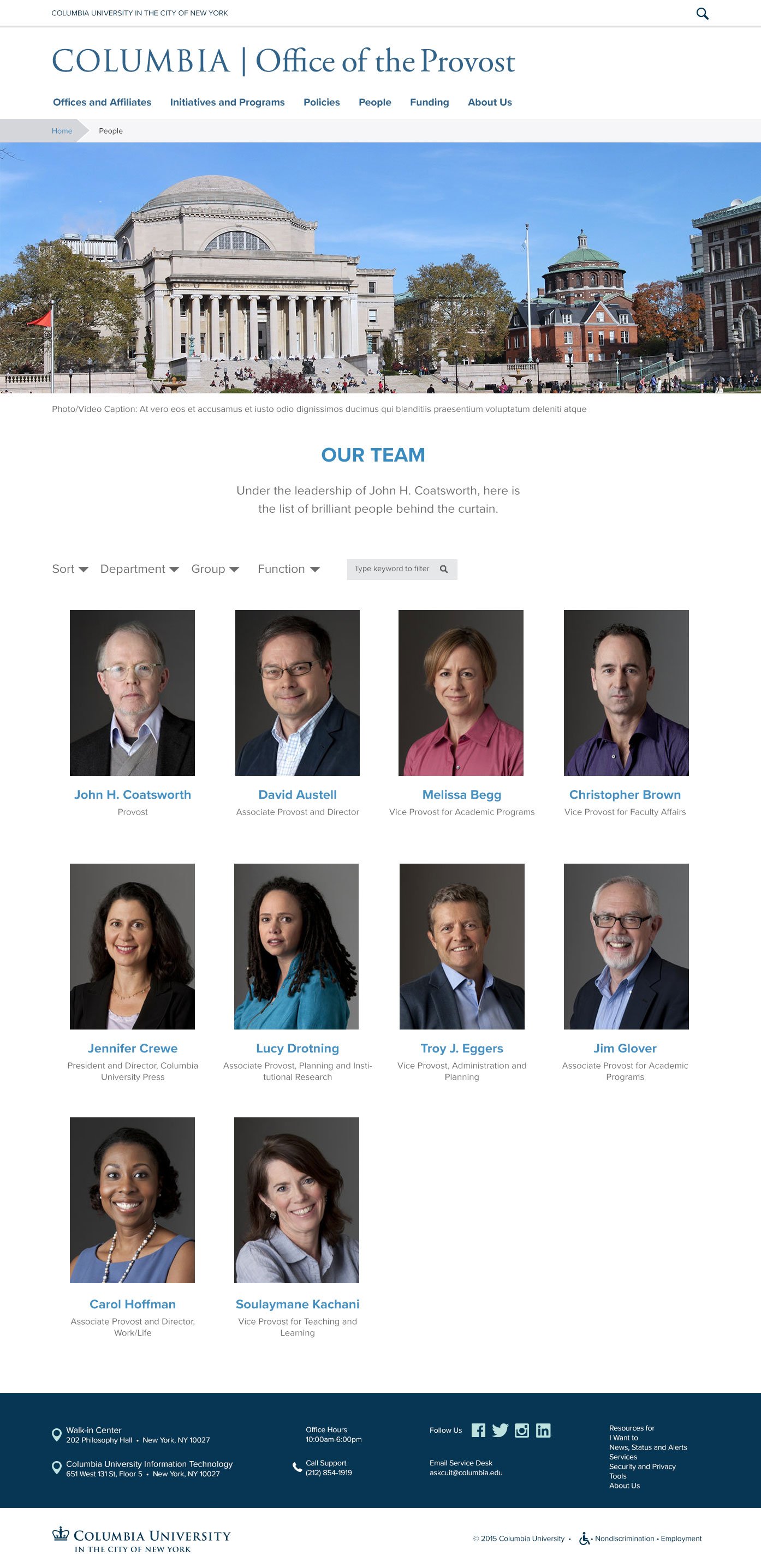

Service Offerings
While the distribution was in production, we developed a list of services that offers our clients different service packages based on their needs and budgets. All Columbia research labs, academic departments, and administration units can request a site for free. They may choose different service packages if they need help with content, user research, or usability tests.
Since the inception of the Columbia Sites platform in 2016, we have launched over 550 sites as of Aug 2021.
Training and Workshops
In addition to the service offerings, we offered classes at no charge for clients. We requiree all the Columbia Sites clients to take basic training, with optional offerings for content strategy, SEO and information architecture, accessibility, UX basics, “How to” classes on user research, usability testing, social media strategy, and Google Analytics.
The clients are also given the option to sign-up for independent instruction in which our experts will provide hands-on training or answer any questions about their site.

